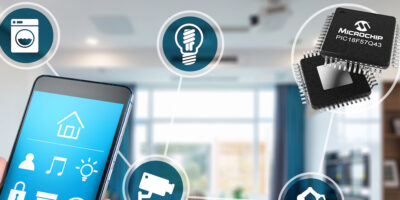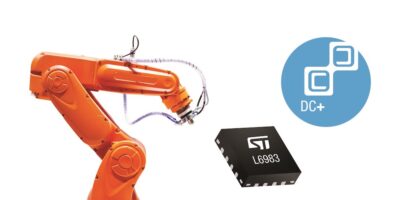New to market is a family of secure, ultra-low-power Zigbee system-on-chip (SoC) devices designed for eco-friendly Internet of Things (IoT) products deployed in mesh networks. The EFR32MG22 (MG22) series is based on Silicon Labs’ Wireless Gecko Series 2 platform and suits Zigbee devices powered by coin cell batteries or energy-harvesting sources. Target applications include smart home sensors, lighting controls, and building and industrial automation.
Zigbee Green Power technology can help address environmental concerns by reducing residential, commercial and industrial energy footprints. Using the same 802.15.4 PHY and MAC of the Zigbee 3.0 protocol, Zigbee Green Power helps reduces power consumption by decreasing the amount of data required for wireless transmission.
Zigbee Green Power was designed to be a highly efficient protocol enabling IoT devices, whether powered by batteries or by “battery-less” energy harvesting options. Silicon Labs has optimised the MG22 SoCs to provide a best-in-class connectivity solution for these power-sensitive wireless applications.
“As the leading Zigbee provider, Silicon Labs is uniquely positioned to lead the way in Zigbee Green Power mesh networking solutions,” said Matt Johnson, senior vice-president and general manager of IoT products at Silicon Labs. “Our new MG22 SoC solution offers an industry-leading combination of energy efficiency, security capabilities, wireless performance, and software tools and stacks to meet the growing market demand for eco-friendly, ultra-low-power IoT products.”
The MG22 SoCs incorporate a high-performance, low-power 76.8 MHz Arm Cortex-M33 core with TrustZone. The SoCs’ combination of ultra-low transmit and receive power (8.2 mA TX at +6 dBm, 3.9 mA RX), 1.4-microA deep-sleep mode power and low-power peripherals helps provide exceptional energy efficiency.
Silicon Labs delivers a suite of security features implemented in Series 2 products including the new MG22 SoCs.
The EFR32MG22 SoCs are planned to start shipping in March in a choice of 5 mm x 5 mm QFN40, 4 mm x 4 mm QFN32 and 0.3 mm x 4 mm x 4 mm TQFN32 packages. The EFR32MG22 SoC starter kit is also scheduled to be available in March, with end device kit pricing starting at $99.






